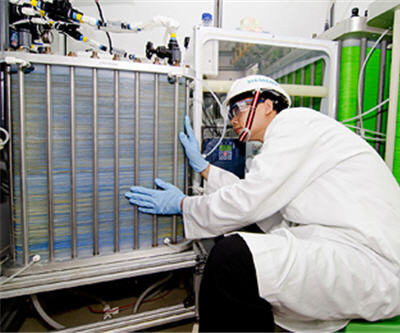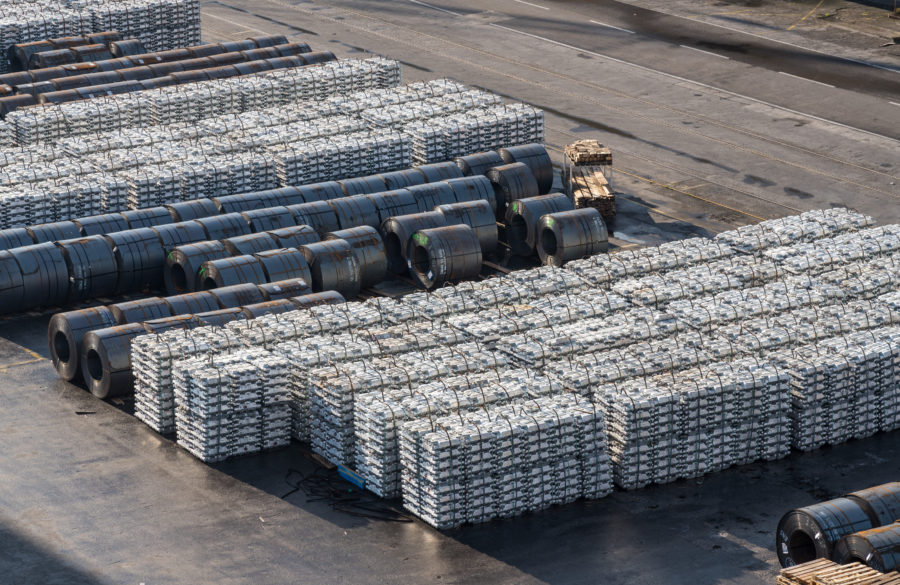New desalination process uses 50% less energy

Siemens announced “ground-breaking technology” that can desalinate water using 50% less energy compared to the next best available process.
Part of a four-year R&D initiative, a demonstration plant was built in Singapore to treat seawater and make it potable.
Fresh water reserves are shrinking as the climate changes and growing populations tap out existing freshwater reserves.
“In some areas renewable water reserves are in danger of dropping below the 500 cubic meters per person per year considered a minimum for a functioning society,” writes Scientific America in a recent article.
Desalination was possible, but current processes make it expensive. Siemens explains its different approach to the problem:
The project goal was to produce World Health Organization standard drinking water quality from seawater, at the same time cutting energy consumption by half compared to current technologies. Instead of using reverse osmosis, which requires high-pressure pumps to force water through semi-permeable membranes, the Siemens engineers turned to electrochemical desalination. The process combines Electrodialysis (ED) and Continuous Electrodeionization (CEDI), both applying an electric field to draw sodium and chloride ions across ion exchange membranes and out of the water. As the water itself does not have to pass through the membranes, the process can be run at low pressure, and hence low power consumption.
Image from Siemens showing a R&D engineer examining desalination prototype in Singapore
More News
Column: Europe’s future metals strategy hindered by current crisis
Chinese over-capacity and high energy prices have accelerated the long-term decline of European steel and aluminum production.
March 29, 2025 | 02:25 pm
Anglo starts talks with banks on possible De Beers IPO
Anglo is pursuing a dual-track process in its effort to exit De Beers by trying to find a buyer for the struggling business.
March 28, 2025 | 12:19 pm
{{ commodity.name }}
{{ post.title }}
{{ post.excerpt }}
{{ post.date }}



2 Comments
silvano Modenini
when will it be available on the market ? who is now available to receive enquiries ? Please send your kind reply to : s.modenini@alice.it
Alex
Very good news indeed… Water and Energy is the world’s biggest fundamental problem.